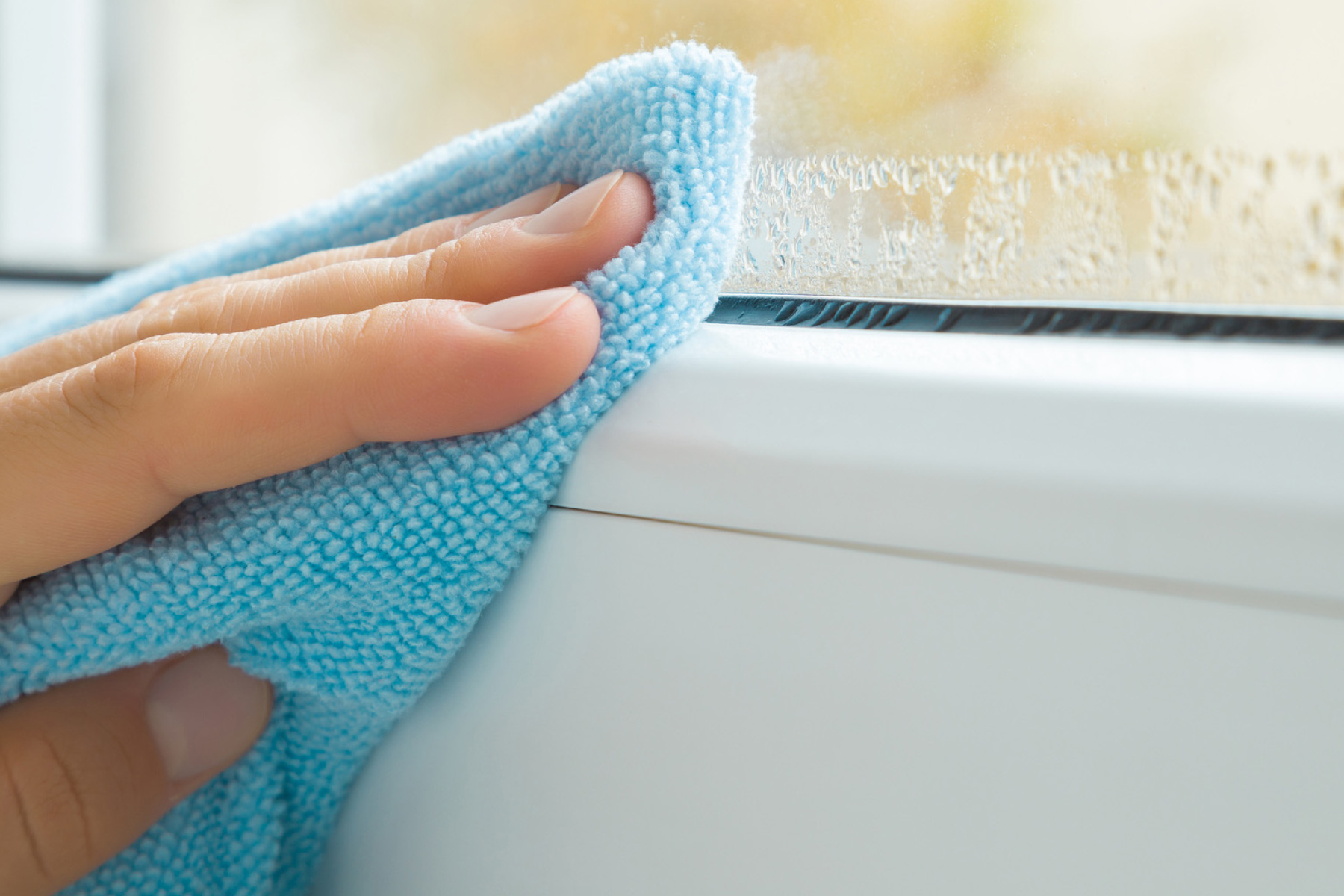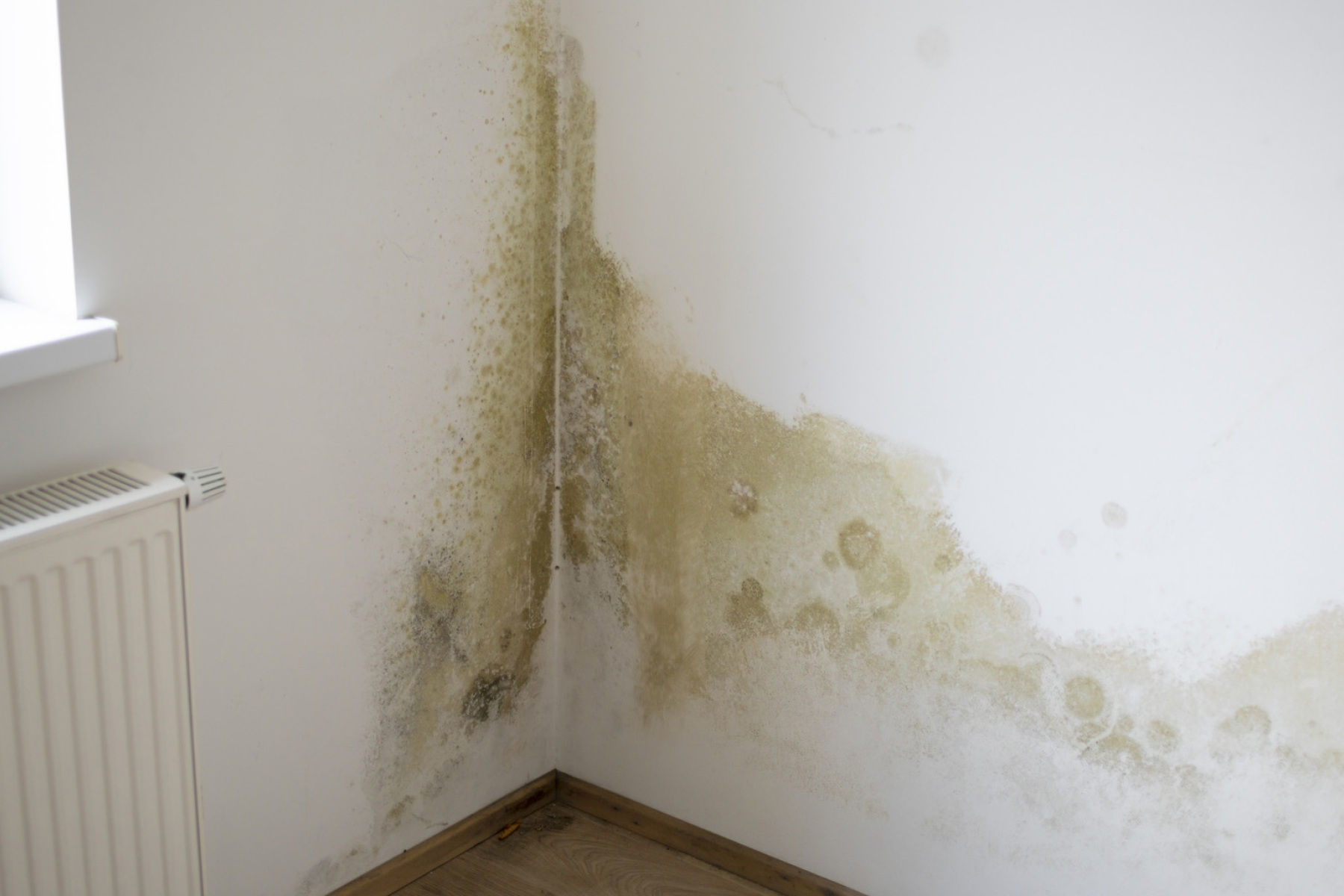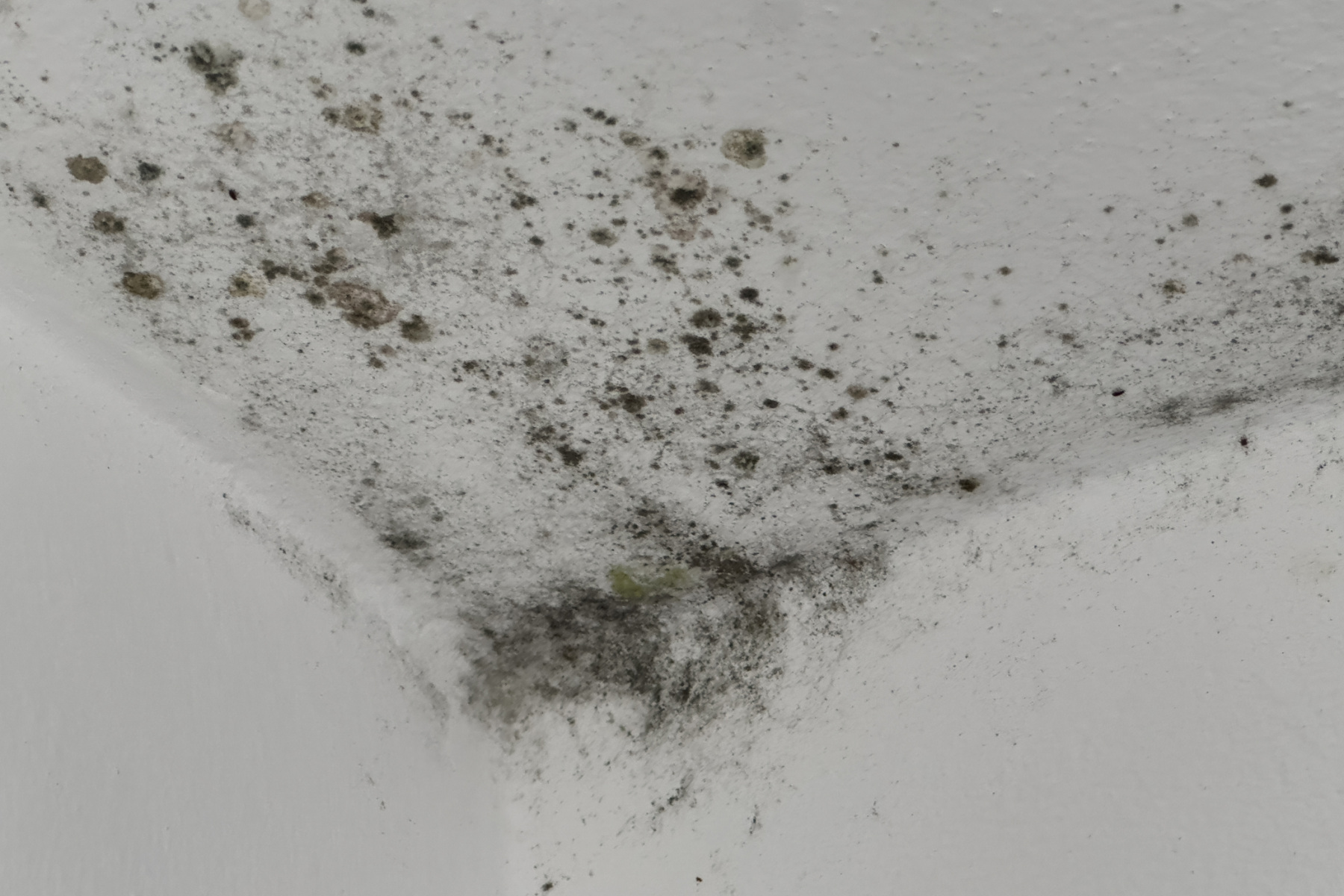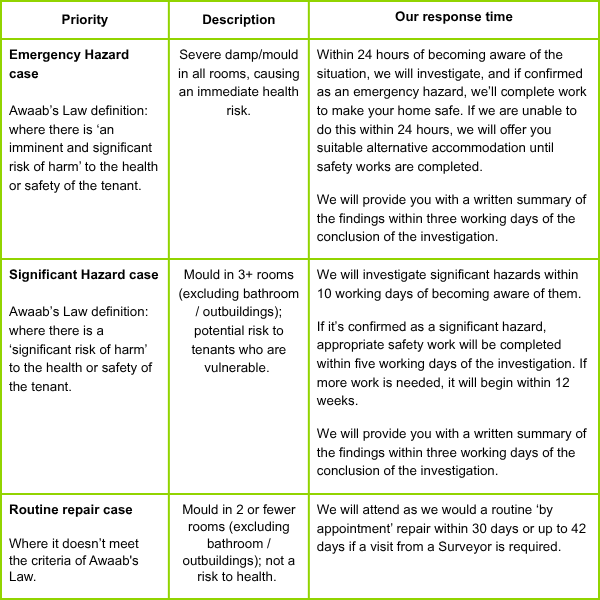Damp and Mould
Healthy Homes
Our priority and responsibility as a landlord is to provide you with a safe and healthy home.
All homes are at risk of condensation, particularly through the winter months. If you have excess condensation in your home, this can lead to problems such as mould growth, which can affect your health and the health of your home.
Small amounts of condensation are not usually a problem, and there are some everyday things we can all do to help prevent it.
The Energy Saving Trust has written a handbook and produced the short video below to help you manage condensation and maintain a healthy home:
We have also produced a Damp and Mould leaflet with information on the different types of damp or mould so that you can identify any potential concerns and let us know if there is a problem. This leaflet also explains our response times and what you can expect from us.
If you spot any damp or mould in your home – or following these tips does not reduce excess condensation – let us know straight away. There are more details at the end of this page.
This information is part of our overall response to damp and mould. You can read more about how we identify and resolve issues in our Damp, Mould and Condensation Policy.
What is Condensation?
When warm, wet air hits something cold, water – or condensation – can start to form. This is particularly common in areas with low ventilation, where surface condensation can appear on windows, walls, and ceilings. If this continues to happen, condensation can lead to dampness and mould growth.
If you spot condensation on a surface, wipe it down with a dry, clean cloth or towel.
Tips to reduce condensation:
- Open windows regularly to allow air to flow. Even 15 minutes can make a difference
- Use extractor fans in kitchens and bathrooms
- Use outside drying areas where possible
- Try to keep the temperature in your home between 18 – 21 degrees.

What is damp?
Damp can be described as unwanted moisture in your home, which can appear as wet walls, damp patches, or a musty smell. It often results from water ingress or humidity in the air. There are many types of damp that can affect your home. Firstly, rising damp can travel up from the ground. Secondly, penetrating damp can enter through the walls or roof. Both can lead to structural dampness and water damage over time if not treated.
Tips for spotting damp:
- Look for signs of wall stains or peeling paint
- Check for humidity in the air or areas that feel constantly wet
- Rising damp will usually affect lower walls, while penetrating damp will happen at any height.

What is mould?
Condensation can lead to mould growth on walls and furniture. Mould is a type of fungus that often appears as small black spots. It can also grow in hidden areas, such as behind wallpaper or under carpets. Mould thrives in damp, humid spaces with poor lighting and ventilation and is commonly found around window seals, kitchen tiles, and bathroom areas.
To prevent mould from becoming a health risk, cleaning and ventilating affected areas regularly is important. While it’s more likely to develop during the winter, mould can occur at any time of the year.

How to report damp or mould
Following the tragic death of two-year-old Awaab Ishak in December 2020 due to prolonged exposure to mould in his home in Rochdale, a new law called Awaab’s Law came into effect on 27 October 2025. This law requires all social landlords to investigate and resolve issues related to damp, mould, and other serious hazards within strict, legally defined timeframes. The government has produced this guidance for tenants in social housing.
We have updated our processes to ensure we meet this law, and we need the cooperation of residents to help us achieve this by reporting if there is damp or mould and being at home for appointments to treat it or complete repairs.
- To report damp, mould or condensation, you can fill out the form on our website or call us on 01626 322722, option 2. If you feel that mould in your home is affecting the health of anyone in your household, please call us as soon as possible.
- When anyone contacts us about damp or mould, our Customer First Team will ask a number of questions to assess the severity. This assessment will consider the extent of the mould growth and the health and age of the household members.
- Our response time for mould treatment is 24 hours in emergency cases, and up to 10 working days for significant hazard cases. Others will be attended to as a routine ‘by appointment’ repair.

We’re here to support you in maintaining a safe and healthy home environment.
